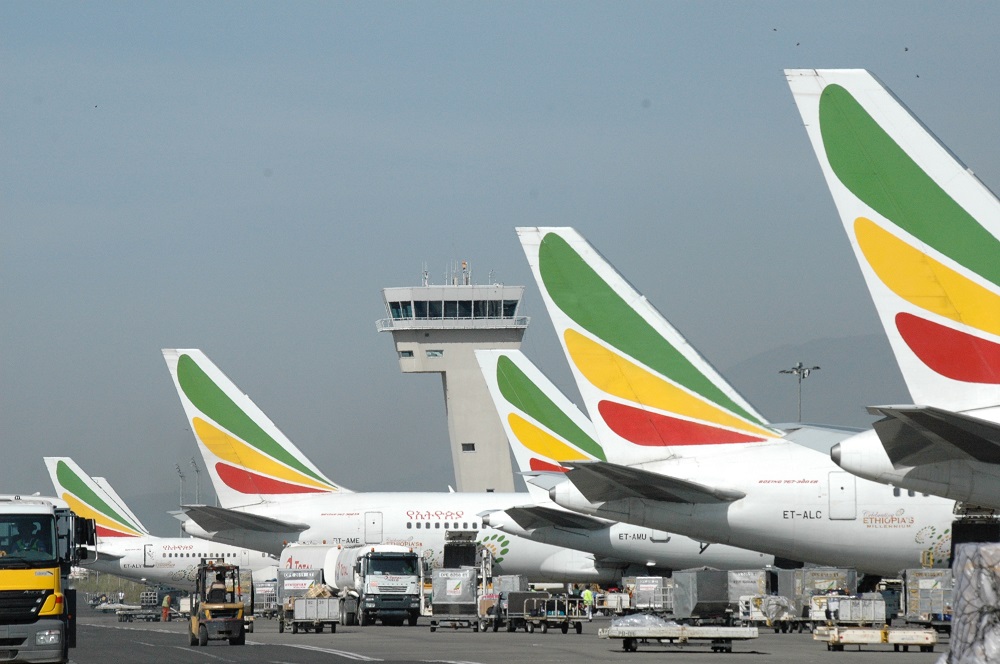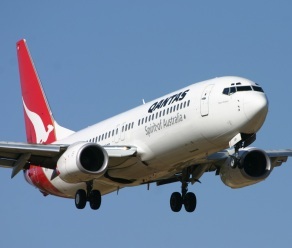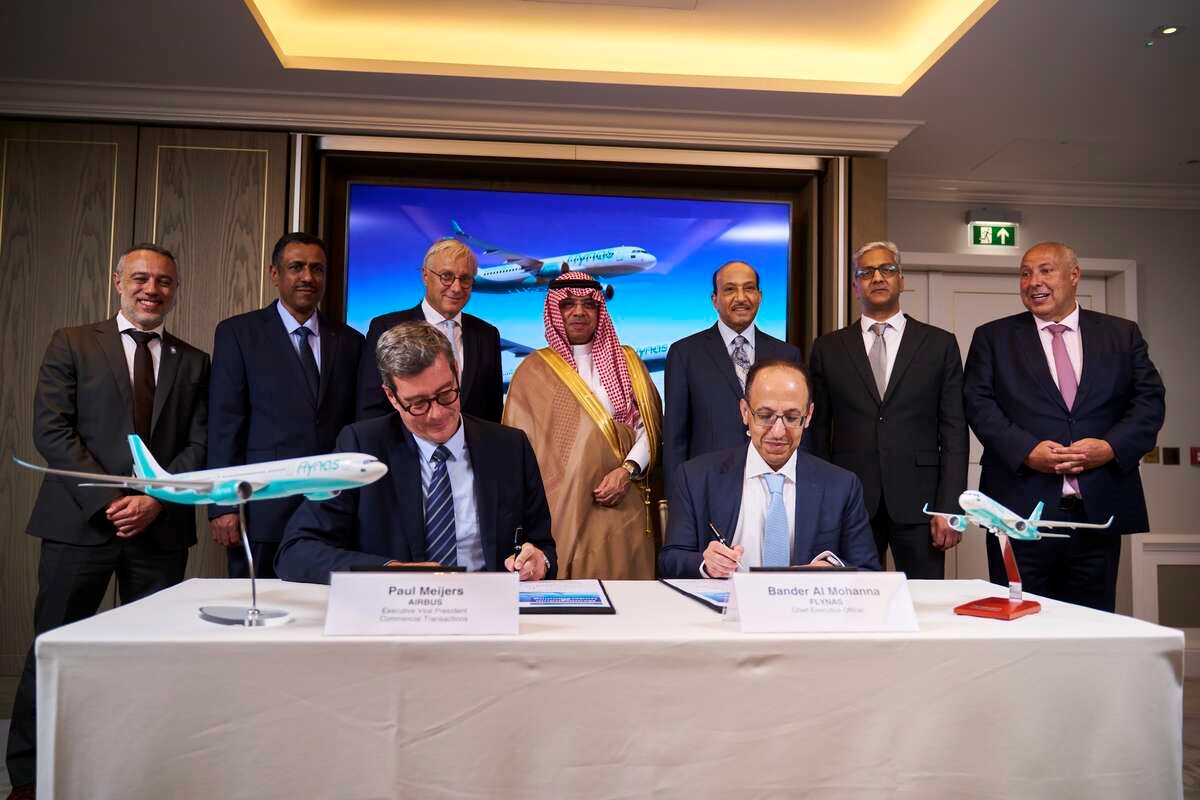Ethiopian 737 investigation questioned by crash expert
02 April, 2019
4 min read
By joining our newsletter, you agree to our Privacy Policy


The independence and transparency of the Ethiopian investigation into the loss of a Boeing 737 MAX on March 10 which killed all 157 aboard has been called into question by one of the world's leading crash investigators.
Former Senior Crash Investigator with the NTSB Greg Feith said that "it is interesting that almost a month after Ethiopian Flight 302 went down, there is still no “official” information regarding the data that was retrieved from the CVR and DFDR, nor has the investigative team from the U.S. been provided with access to “all” of the data."
READ: FAA expects 737 MAX fix in two weeks.
"As I discussed a couple of weeks ago on FB and John Goglia talked about on Fox over the weekend, where is the outrage over the fact the Ethiopian government has either withheld or been slow to provide safety-critical information to the NTSB, FAA, and Boeing," said Feith.
Feith, who is now an air safety consultant and commentator, outlines that under ICAO Annex 13, Ethiopia is the State where the accident occurred, thus they are the lead investigative authority. Annex 13, Chapter 5, Section 5.25, “Participation,” basically states, “Participation in the investigation shall confer entitlement to [designated participants such as the Accredited Representative (NTSB) and its technical advisory team (FAA and Boeing)] to participate in all aspects of the investigation, under the control of the investigator-in-charge, in particular to:
a) visit the scene of the accident;
b) examine the wreckage;
c) obtain witness information and suggest areas of questioning;
d) have full access to all relevant evidence as soon as possible [emphasis added by GAF];
e) receive copies of all pertinent documents;
f) participate in read-outs of recorded media [emphasis added by GAF];
g) participate in off-scene investigative activities such as component examinations, technical briefings, tests and simulations;
h) participate in investigation progress meetings including deliberations related to analysis, findings, causes and safety recommendations; and
i) make submissions in respect of the various elements of the investigation….”
In addition, Feith says that the Annex states, “In the event of an accident or an incident, it is important that any State which has assumed responsibility for the safety of an aircraft has the right to participate in an investigation, at least in respect of that responsibility. It is also important that the State conducting the investigation should have speedy access to all documents and other information relevant to that investigation.”
Feith said that he is "concerned that the Ethiopian government has yet to share with the investigation participants all of the data so that it can be properly analyzed and interpreted to determine an accurate and logical accident sequence of events, which would include among other things, the initiating event and the crew’s identification of the event and their responding actions."
Unfortunately, the aviation industry (and the public) are building story-lines based on “leaked” factoids that don’t have sufficient or appropriate context. For example, the media has reported that an unidentified pilot is heard on the CVR stating “pitch up pitch up,” yet there is no context for that particular statement. No one outside the Ethiopian government knows for sure what that statement was related to – was it in response to first pitch oscillation, the second pitch oscillation or the final descent? In addition, it would seem logical to assume that if the comment was fact, it was likely made by the First Officer because if the situation was that complex or dire, the Captain would have taken control of the airplane and not made those statements to himself. However, anything is possible and since we don’t know the full extent of the conversations that were recorded on the CVR, or the corroborating data that exists on the DFDR, any number of storylines can be created with the supposed factoid."
Feith adds: "Yes, the Ethiopian government is the investigation authority and they can release to the public as much or as little as they chose. However, as a signatory to ICAO Annex 13, why hasn’t the investigative team been given “full access to all relevant evidence as soon as possible.” This is a safety-of-flight issue after all. I hope I am wrong with this part of the discussion but as far as I know, this has not occurred."
Next Article
2 min read
Qantas triples profit but misses mark

Get the latest news and updates straight to your inbox
No spam, no hassle, no fuss, just airline news direct to you.
By joining our newsletter, you agree to our Privacy Policy
Find us on social media
Comments
No comments yet, be the first to write one.

